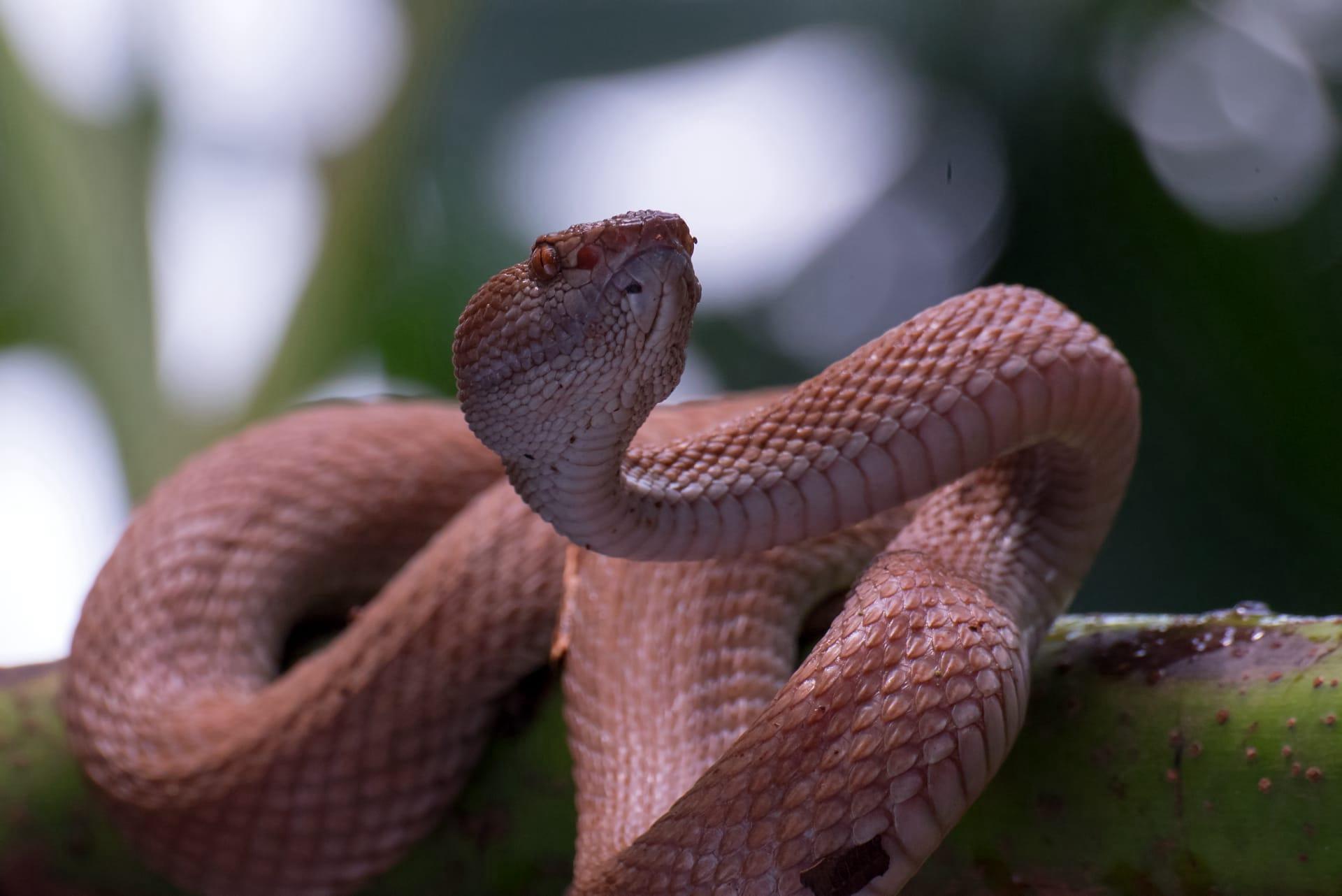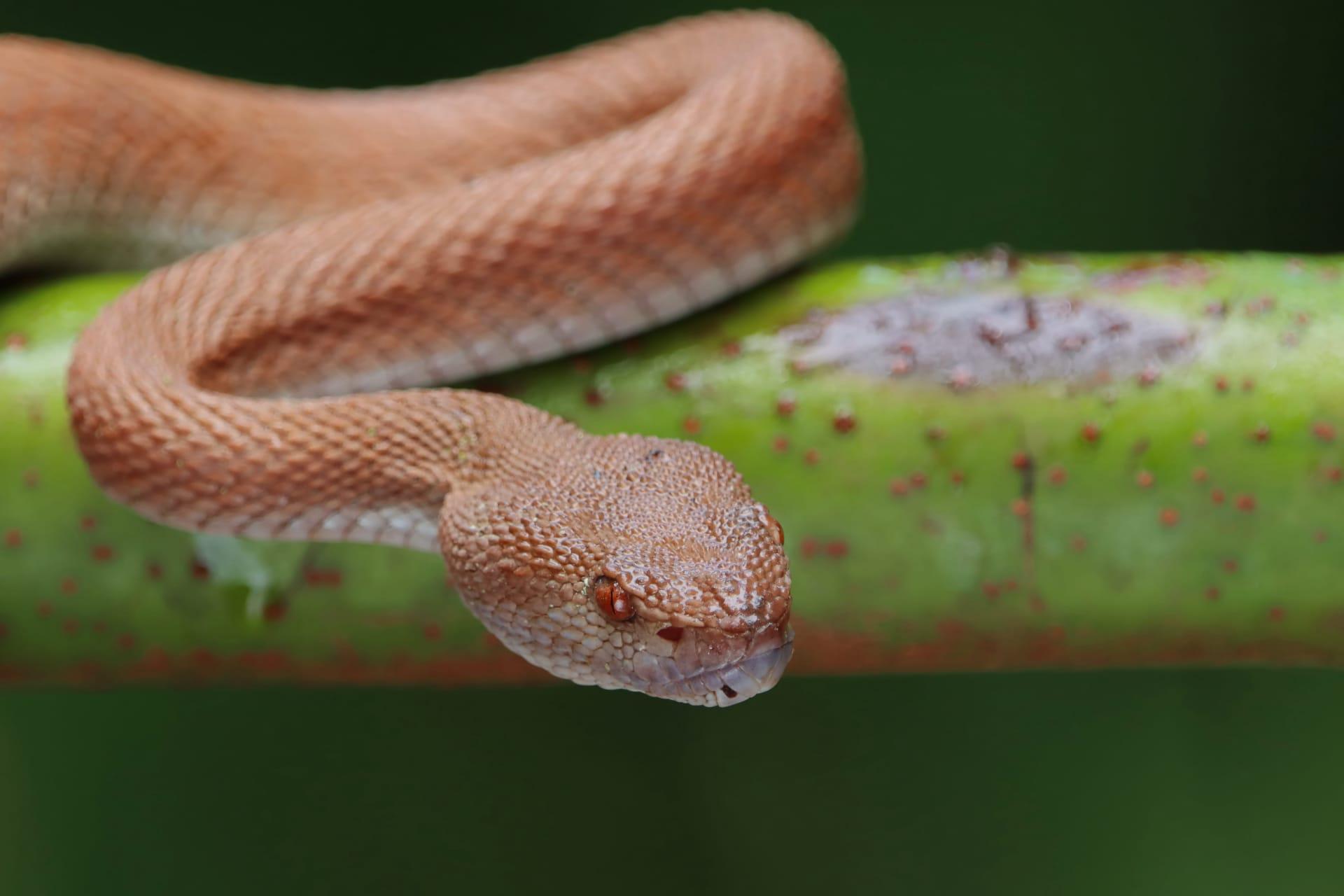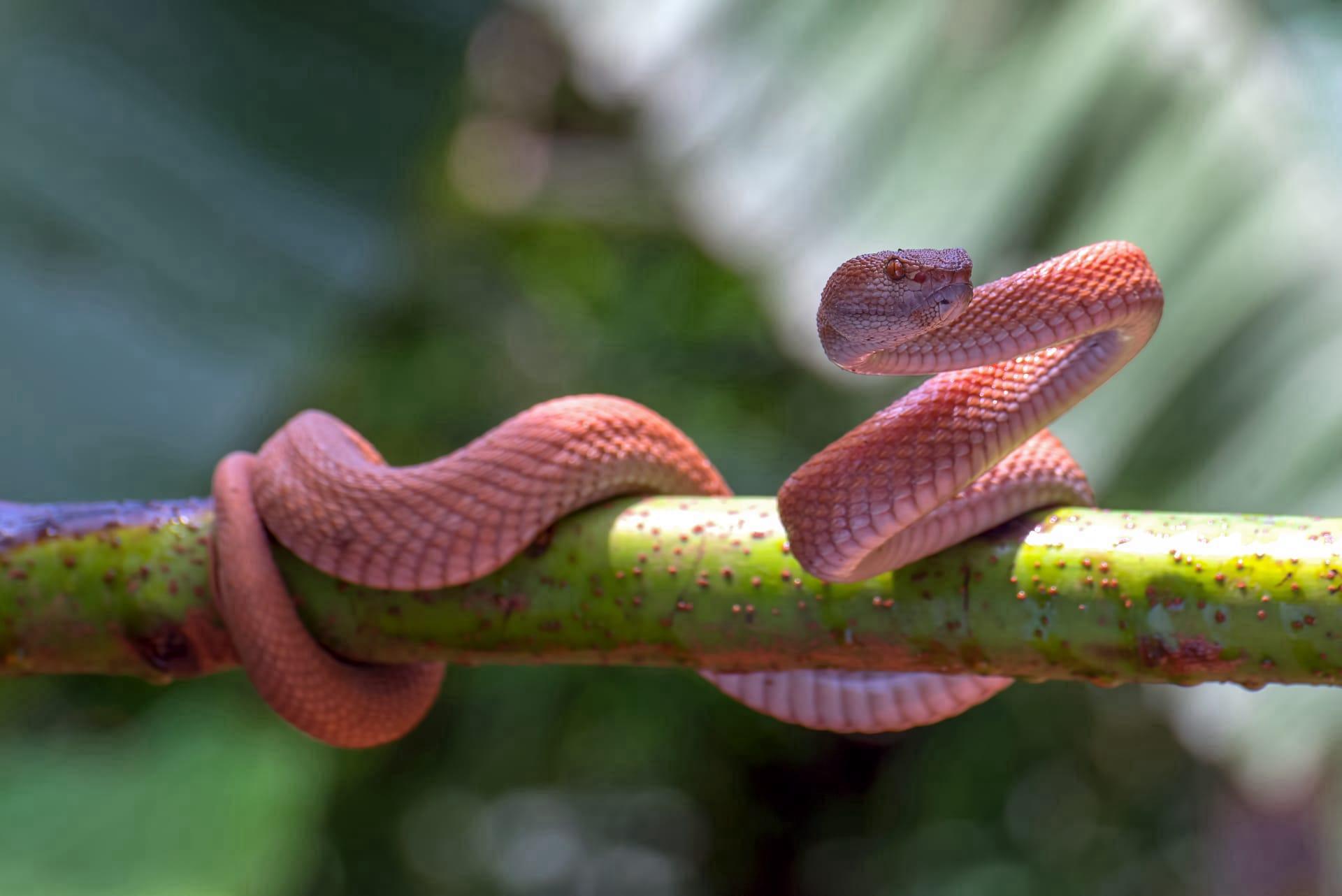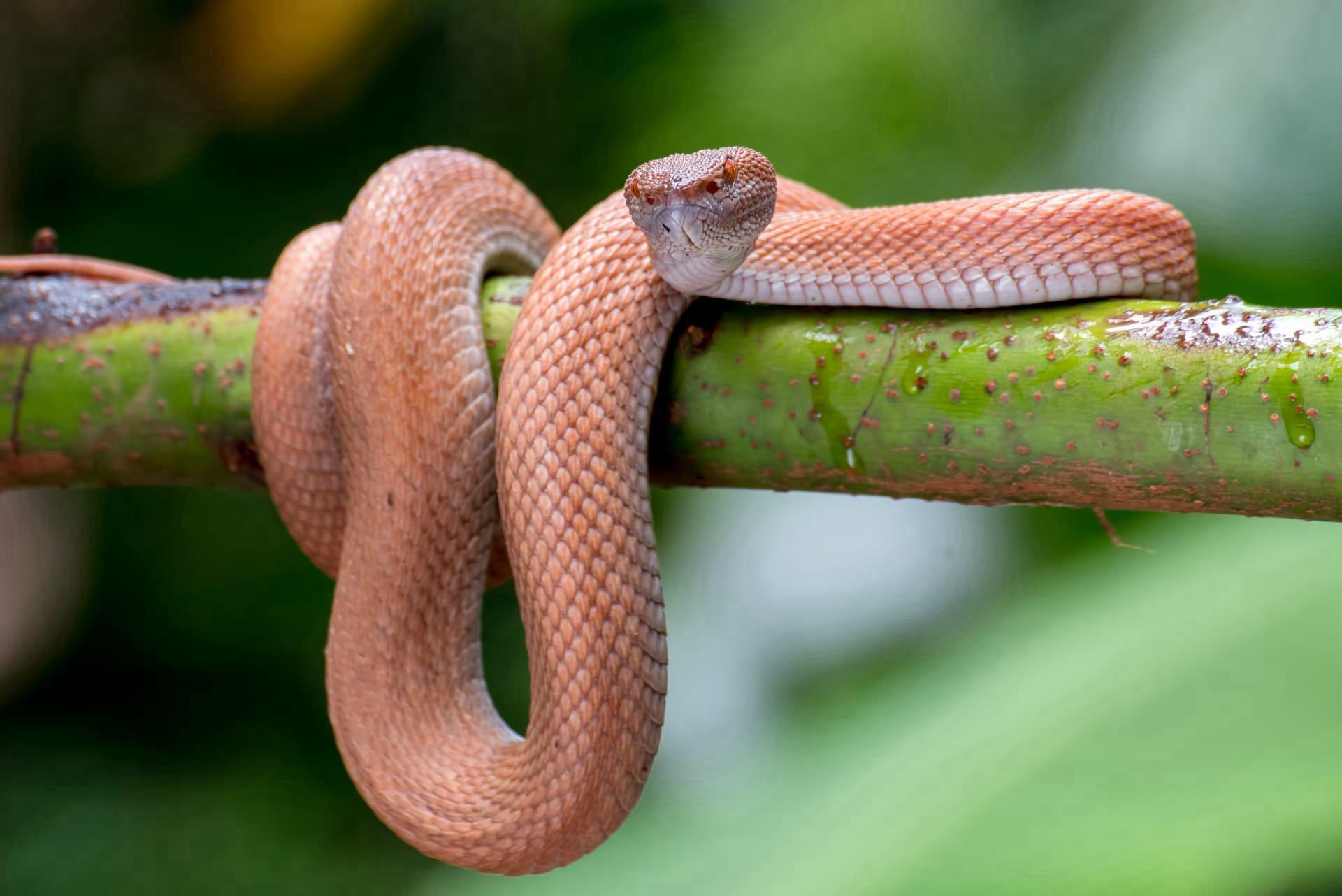Pink Snake Trivia
- Home /
- Trivia Question /
- Animal /
- Pink Snake Trivia
1
Question: What is the typical habitat of the pink snake, and how does this environment affect its pink coloration?
Answer: The pink snake is often found in regions with a mix of light-colored soils and vegetation, such as sandy deserts or dunes. This habitat plays a key role in its unique pink hue, providing a natural camouflage. The coloration is an evolutionary adaptation, allowing the snake to blend seamlessly into its surroundings, making it less visible to predators and prey. The pink color is due to a combination of pigments and the scattering of light through their skin, similar to the effect seen in the pink hue of flamingos.
Question: How does the diet of a pink snake differ from other snake species, and what unique adaptations do they have for their diet?
Answer: Pink snakes primarily feed on small rodents, insects, and occasionally eggs, similar to many other snake species. However, what sets them apart is their ability to detect prey in sandy or light-colored environments. They have highly sensitive thermal receptors to sense the body heat of their prey, even when it is well camouflaged in their pale habitats. These receptors are more advanced than those found in many other snakes, allowing pink snakes to hunt effectively in their unique environment.

2
Question: Is it true that the pink coloration of the snake is a result of its diet, similar to flamingos?
Answer: This is a common misconception. Unlike flamingos, whose pink color comes from carotenoid pigments in their diet, the pink snake's coloration is primarily genetic. It's the result of a combination of unique skin pigments and the way light scatters through their skin. Their diet does not significantly affect their color.
Question: Are pink snakes venomous, and how dangerous are they to humans?
Answer: Many people mistakenly believe all brightly colored snakes are highly venomous. However, pink snakes are generally non-venomous and pose little threat to humans. They have evolved to use their coloration for camouflage rather than as a warning sign for toxicity. If threatened, they are more likely to flee than attack.

3
Question: How do pink snakes interact with their ecosystem, and what role do they play in their habitat?
Answer: Pink snakes play a crucial role in controlling the population of their prey, primarily small rodents and insects. By keeping these populations in check, they help maintain a balanced ecosystem. They also serve as prey for larger predators, such as birds of prey and larger mammals, contributing to the food web in their habitat.
Question: What is the mating behavior of pink snakes, and how do they care for their young?
Answer: Pink snakes typically mate in the early spring, with males engaging in ritual combat to win over females. Unlike some snake species, they do not exhibit extensive parental care. After laying eggs, the female pink snake leaves them to hatch on their own. The young are independent from birth, equipped with the instincts and abilities needed to survive in their environment.

4
Question: How long do pink snakes typically live, and what are their main survival challenges?
Answer: In the wild, pink snakes have an average lifespan of about 10 to 15 years. Their main survival challenges include habitat loss due to human encroachment, predation, and competition for food. Climate change also poses a threat, as it can alter their habitat and affect the availability of their prey.
Question: Are pink snakes solitary creatures, and how do they interact with other members of their species?
Answer: Pink snakes are primarily solitary, only coming together for mating. They are territorial and communicate with each other primarily through pheromones. During mating season, males may travel significant distances to find a mate, using scent trails to locate females.

5
Question: What unique adaptations do pink snakes have for surviving in arid environments?
Answer: Pink snakes have several adaptations for arid environments. They can survive long periods without water, deriving moisture from their prey. They are also burrowers, creating cool underground refuges to escape the heat. Their scales are specially adapted to minimize water loss, a crucial adaptation in dry habitats.
Question: How does climate change impact the survival and distribution of pink snakes?
Answer: Climate change poses significant challenges for pink snakes. Rising temperatures and altered precipitation patterns can disrupt their habitat, making it harder for them to find food and water. It can also lead to a mismatch in the timing of key life events, like breeding and prey availability. Conservation efforts are crucial to ensure their survival in changing climates.